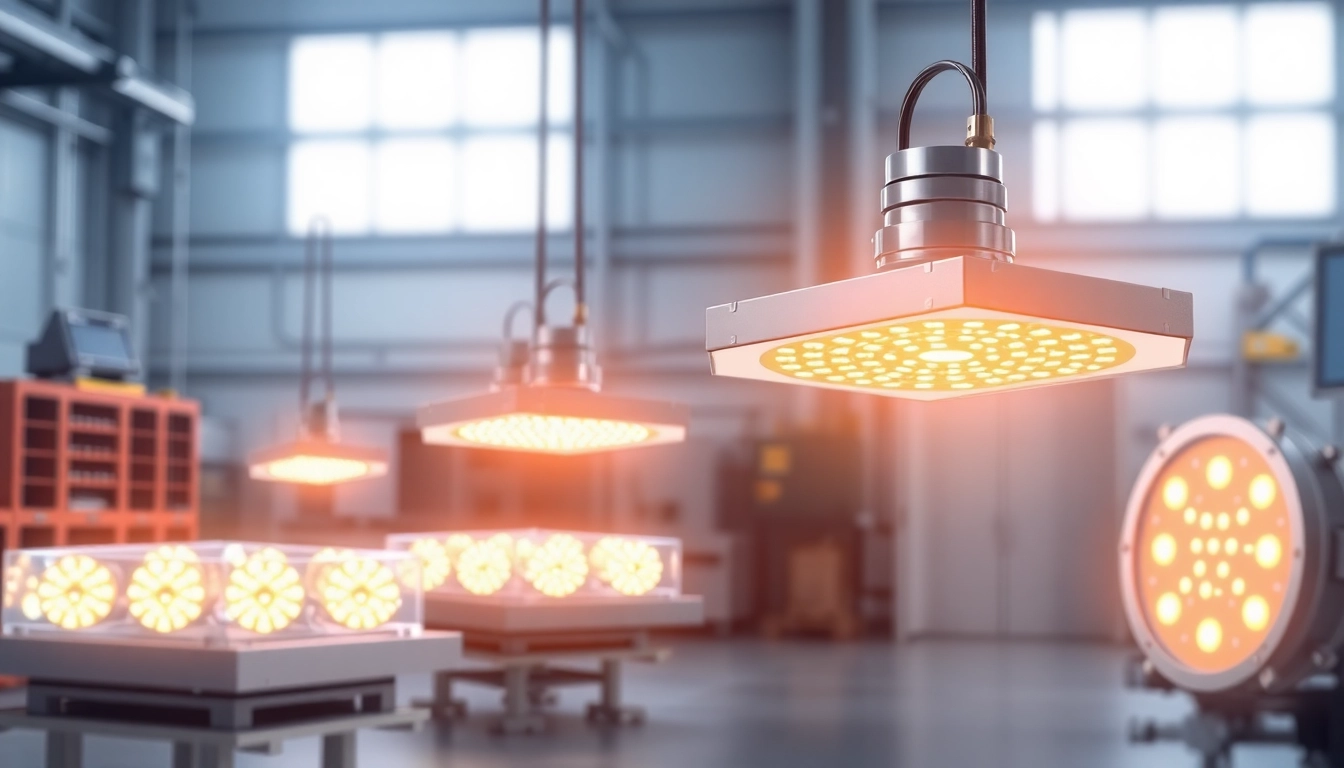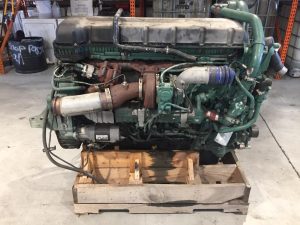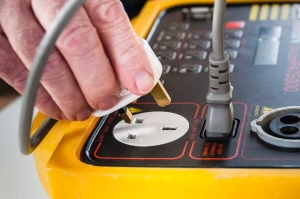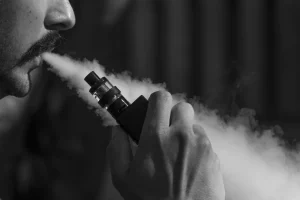Discover High-Efficiency IR Paint Curing Lamps for Modern Industry
Understanding IR Paint Curing Lamps
What Are IR Paint Curing Lamps?
Infrared paint curing lamps are specialized devices that utilize infrared radiation to cure paint and other coatings efficiently. These lamps are particularly effective in industrial settings, where rapid drying and curing are essential for maintaining production timelines and quality. In contrast to traditional heating methods, which heat the surrounding air, IR paint curing lamps emit radiant energy that is directly absorbed by the surface of the material, accelerating the curing process without overheating the environment. This direct approach provides higher efficiency and effectiveness, making them a popular choice for various industrial applications. In fact, manufacturers like Huai’an Yinfrared Heating Technology are at the forefront of producing high-quality quartz IR emitters tailored for such applications, representing expertise built over 14 years in infrared heating technology.
How They Work
IR paint curing lamps operate by emitting infrared waves that penetrate the paint or coating material, exciting its molecules and effectively causing them to dry and cure faster. This direct heating method contrasts starkly with conventional methods, which heat the air around the object being cured, thus taking longer to achieve the desired outcome. The lamps can be positioned at varying distances from the surface to optimize heat delivery and curing times. Depending on the type of paint or coating used, different wave lengths of infrared radiation may be employed to achieve optimal results. Products like ir paint curing lamps leverage this innovative technology to facilitate fast and effective curing processes across various industries.
Benefits of Using IR Technology
The primary benefits of infrared paint curing lamps are centered around efficiency, speed, and cost savings. Utilizing IR technology allows for:
1. Accelerated Curing Times: Infrared lamps significantly reduce the time required for paint to reach a cured state, which can be crucial in fast-paced production environments.
2. Energy Efficiency: Many modern IR lamps convert up to 96% of energy directly into heat for the curing process, resulting in lower energy consumption compared to traditional methods.
3. Improved Quality and Finish: The consistent and uniform heating provided by IR lamps minimizes blemishes and imperfections in the final product, enhancing overall quality.
4. Reduced Waste: Faster curing times mean less paint waste and reduced need for solvents, which can impact environmental health.
5. Versatility in Applications: Infrared curing technology is applicable across various sectors, from automotive to printing, ensuring it meets diverse manufacturing needs.
Applications of IR Paint Curing Lamps
Automotive Industry Utilization
In the automotive sector, IR paint curing lamps play a vital role in ensuring high-quality finishes on vehicles. As parts and panels go through the painting process, utilizing infrared lamps helps to quickly cure the coatings, facilitating faster assembly line processes. This increased efficiency is essential for manufacturers aiming to meet production targets while delivering quality vehicles to market.
The durability of the cured paint is improved through the rapid heating and cooling cycles provided by IR technology. By implementing such systems, manufacturers can maintain high standards of finish while also benefiting from reduced energy costs and decreased curing times.
Printing and Coating Processes
In printing, particularly with coatings and inks, IR paint curing lamps are instrumental in ensuring quick turnaround times and superior finish quality. The rapid curing process minimizes smudging and allows for stacking and handling of printed materials almost immediately after printing. This capability is crucial for both small-scale printing operations and large printing presses that need to optimize production speed without compromising quality.
Through the integration of IR technology, printers can offer a wider range of services and products, enhancing their competitiveness in a demanding market.
Home and Commercial Use
Beyond industrial applications, IR paint curing lamps also find utility in home workshops and commercial settings. DIYers and professional painters benefit from the ability to cure finishes quickly, enabling them to complete projects in a fraction of the time required with conventional drying methods. Restaurants and cafes, for example, can use it to quickly refurbish or maintain their interiors without significantly disrupting their operations.
Given their efficiency and effectiveness, increasingly more individuals are recognizing the advantages of integrating IR technology in their painting and finishing processes.
Comparing Different Types of Infrared Heating Lamps
Short Wave vs Medium Wave vs Long Wave
Infrared heaters can be classified based on the wavelength they emit: short wave, medium wave, and long wave. Each type has its characteristic heating ability and applications:
– Short Wave IR: Emits infrared radiation in the range of 1,400 to 3,000 nanometers. These lamps deliver heat quickly and penetrate materials effectively, making them ideal for applications requiring rapid curing and high-temperature processes.
– Medium Wave IR: Operating within the 3,000 to 5,000 nanometer range, medium wave IR is a balance between heating speed and depth of penetration. This is suitable for a wider range of materials, offering flexibility in various curing applications.
– Long Wave IR: Emitting wavelengths over 5,000 nanometers, long wave IR heaters provide a gentler heating process, which is suitable for delicate materials that cannot withstand high temperatures.
Selecting the appropriate type of infrared lamp hinges on the specific requirements of the application, including the materials being cured and the desired curing speed.
Advantages of Each Type
1. Short Wave IR:
– Rapid drying and curing; ideal for high-speed production lines.
– Perfect for materials that require quick heat-up times.
2. Medium Wave IR:
– Versatile and balanced; effective for a range of applications, making it a popular choice for many industries.
– Capable of operating at various distances to accommodate different projects.
3. Long Wave IR:
– Gentle heating is beneficial for sensitive surfaces or materials that cannot endure high temperatures.
– Ideal for applications requiring less aggressive heating, minimizing the risk of damage.
Choosing the Right Type for Your Needs
When deciding on which type of infrared heating lamp to utilize, consider factors such as the type of material, curing speed required, and overall production goals. In many instances, a blend of the different types may be required to meet the specific needs of a production line. Working with experts in the field can help to ensure that the right technology is employed for optimal results.
Maximizing Efficiency with Custom Fixtures
Designing Custom Solutions
One of the most effective ways to maximize the functionality of IR paint curing lamps is by utilizing custom-designed fixtures that hold the lamps in optimal positions relative to the workpieces. This ensures that every surface receives consistent and uniform heating, which is essential for achieving the desired finish quality. Custom fixtures can be tailored to fit various sizes and shapes of materials being cured, enhancing the efficiency of the curing process.
By investing in bespoke solutions, businesses can significantly enhance their productivity and quality of output, further justifying the integration of infrared technology into their operations.
Integrating Controls for Optimal Performance
To achieve the highest efficiency and effectiveness from IR paint curing lamps, integrating advanced control systems is essential. Managing temperature, curing duration, and lamp proximity can dramatically affect the curing result. Sophisticated control systems can automate these processes, allowing for precise adjustments that cater to different materials and coatings. This integration can be realized through programmable logic controllers (PLCs) or dedicated software applications designed for specific industrial needs.
Such automation not only increases compatibility and performance but can also result in energy savings and reduced personnel supervision.
Energy Saving Techniques
Implementing energy-saving techniques alongside the use of IR lamps can further enhance operational efficiency. Utilizing reflective materials in lamp design ensures that heat is directed effectively, minimizing energy waste. Scheduling operational times based on peak energy rates can lead to significant cost savings, allowing facilities to operate within budget restraints while maximizing productivity.
Overall, heat efficiency should be a priority in any facility looking to harness infrared technology effectively.
Future Trends in IR Heating Technology
Innovations on the Horizon
The field of infrared heating technology is continually evolving. Key innovations are emerging that could set the stage for further advancements. Progress in materials science leads to the development of new lamp technologies that offer higher efficiency and a longer lifespan. Meanwhile, enhanced automation and smart integration are paving the way for more optimized operational capabilities, making it easier for industries to adapt and upgrade their systems to meet modern demands.
Furthermore, advancements in predictive maintenance can significantly reduce downtime, thereby enhancing productivity in industrial settings.
Sustainability in Infrared Heating
As environmental concerns continue to gain importance, sustainability in infrared heating systems is becoming critical. The focus is shifting toward energy-efficient solutions that not only reduce carbon footprints but also comply with stricter environmental regulations. Manufacturers are increasingly adopting renewable energy sources to power their infrared systems, aligning with global sustainability initiatives and appealing to environmentally conscious customers.
Looking forward, the future of IR heating technology will not only be about efficiency but also about ensuring that operations are sustainable and responsible.
Market Growth and Opportunities
The global infrared heating market is projected to expand significantly over the coming years. As industries recognize the benefits of infrared technology, particularly for energy efficiency and manufacturing speed, the demand for high-quality infrared products, such as those from Huai’an Yinfrared Heating Technology, will likely increase. This growth offers opportunities for manufacturers to innovate and expand their offerings, creating tailored solutions that meet the evolving needs of various sectors.
As industries adapt to fast-paced environments while striving for sustainability, infrared heating technologies will undoubtedly play an essential role in shaping the future of modern manufacturing.








Post Comment